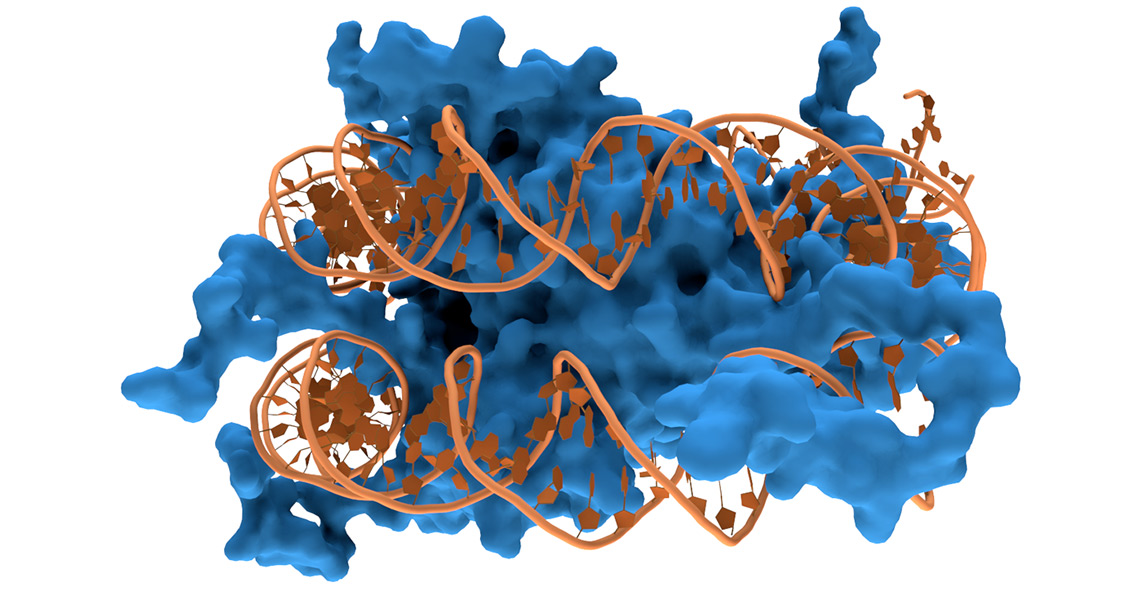<![CDATA[The first ever genome sequencing of a 4,500-year-old skeleton from Ethiopia has confirmed that long after the initial migration of modern humans from Africa, there was a second wave, this time in the opposite direction. A team from University College Dublin led by archaeologist Ron Pinhasi managed to retrieve and analyse sufficient amounts of DNA from the skeleton of a man who lived in southern Ethiopia four millennia ago to confirm what has been so far just a hypothesis. Retrieval of DNA so old is a challenging endeavour, New Scientist writes, because it is difficult for the molecule to survive for so long, especially in warmer climates. The skeleton in question, however, dubbed Mota after the cave where it was discovered, lay in a dry, cool environment, which allowed the researchers to extract the genetic material. Besides, they knew where to look: the petrous, or front, portion of the temporal bone, part of the skull above the ear. The petrous bone is the densest in all mammals, so the chances of recovering DNA are higher, sometimes up to 500 times higher. This Pinhasi and his colleagues discovered after years of analysing different bones in search for where DNA could survive the longest. The team found that Mota’s DNA was most similar to that of the modern Ari people, who live in the Ethiopian highlands. They also established that the man had dark skin, brown hair, and was lactose intolerant. Yet, Mota was remarkably different in his genetic makeup to modern-day Africans, the New York Times reports. DNA comparison to modern genetic samples showed that people from what’s now the Near East went back to Africa around 3,000 years ago and mixed their genes with those of the local populations, spreading them across the continent. The comparison revealed that between 4% and 7% of the genome of most African communities can be traced back to Eurasian origins. The results of this study confirm earlier findings, from a study of the Khoisan people who live in Southern Africa. The Khoisan community has lived in relative isolation for the last few thousands of years. When the authors of the study, David Reich from Harvard and Brigitte Pakendorf from the University of Lyon, analysed their genome, they were shocked to discover that parts of it are very similar to people from modern-day southern Europe. The genetic spill from southern Europe to southern Africa was dated to between 900 and 1,800 years ago. Now, the study from University College Dublin has pushed back the time of the initial spill and has revealed that it was very expansive, reaching all parts of Africa. In their paper, published in the journal Science, the research team writes that the backflow of Eurasians into Africa was done by early Neolithic farmers, the same people who spread across Europe around 8,000 years ago. The scale of the migration proved to have been larger than previously thought but it remains to be established how it happened. The good news is that now scientists know where to look for DNA even in very old human remains, which will hopefully help gain more insight into our ancestors who lived in warmer, more humid climates – something so far considered nearly impossible. For more information: “Ancient Ethiopian genome reveals extensive Eurasian admixture throughout the African continent”à> Image courtesy of Wikimedia Commons user: Thomas Splettstoesser]]>
DNA Sequencing Confirms Ancient Migration Back to Africa
